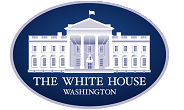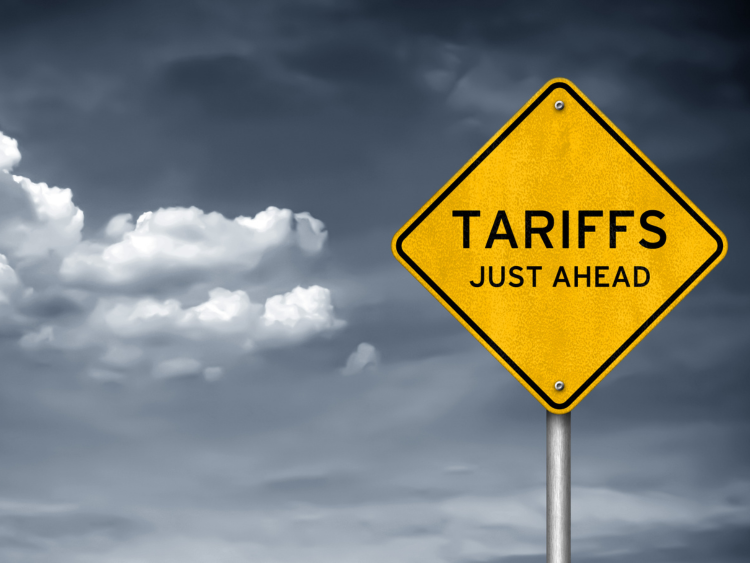Trade Cases

SMU Explains: How to Keep Track of EU TRQ Data
Written by Michael Cowden
January 9, 2022
Looking for the latest data on the status of the tariff-rate quota (TRQ) with the European Union?
SMU is here to help – even if the figures are not as user-friendly as we might like. Recall that the TRQ, which was signed into effect over the holidays by President Joe Biden, replaces blanket Section 232 tariffs of 25%.
![]() The TRQ deal allows 3.6 million short tons (3.3 million metric tonnes) to be imported from the EU tariff free. Any volumes over that amount remain subject to the U.S. national security tariff.
The TRQ deal allows 3.6 million short tons (3.3 million metric tonnes) to be imported from the EU tariff free. Any volumes over that amount remain subject to the U.S. national security tariff.
So how may tons are left under that quota ceiling, which is divvied up according to individual EU member countries and individual steel products?
To find out, go here:
https://www.cbp.gov/document/report/commodity-status-report
Then click on the latest “Commodity Status Report” on the right-hand side of the page. That pulls up a big, somewhat cumbersome PDF that contains data on all U.S. quotas – including the EU TRQ.
The EU TRQ, or soft quota, data start on page 15. The data on hard quotas with Argentina, Brazil and South Korea – deals that predate the EU TRQ – come immediately before the EU figures.
The EU data will be updated every week on Monday – or on the next business day if a Monday happens to fall on a federal holiday, a spokesman for U.S. Customs and Border Patrol (CBP) told SMU.
It is published in PDF rather than Excel format for various compliance reasons, he said. He also noted that EU TRQ data, like other U.S. quota figures, have historically been updated on only a weekly basis.
But while the data is updated weekly, the EU TRQ will be administered on a “first come, first serve basis,” the spokesman said.
Japan and Great Britain are seeking deals like those negotiated with the EU. And South Korea, which agreed to a hard quota in exchange for exemption from Section 232 tariffs, also seeks a better deal with the U.S.
Some industry sources have said that a deal with Japan, based on the EU TRQ, could come during or shortly after a meeting between top U.S. and Japanese officials in Washington, D.C., later this month.
But others have said that the EU TRQ does not necessarily provide a template and that a deal with Tokyo on Section 232 could be months away.
By Michael Cowden, Michael@SteelMarketUpdate.com

Michael Cowden
Read more from Michael CowdenLatest in Trade Cases

Price on Trade: The foolishness of free trade with controlled economies
It was only a matter of time before a shutdown happened. And, no, we aren’t talking about the federal government’s lapse in appropriations. On Oct. 9, Beijing announced a series of restrictions that will effectively shut down exports of rare earth elements, magnets, and certain downstream products vital to advanced manufacturing.

Trump pulls plug on trade talks with Canada after anti-tariff Reagan ad
US President Donald Trump took to social media late Thursday night to announce he was canceling trade talks with Canada.

Leibowitz: Renewed trade war with China over rare earths
On Oct.10, President Trump announced major increases in tariffs on Chinese goods. The trigger was a new regime of export controls on rare earth metals and products using those elements, including magnets, capital equipment, and catalysts for catalytic converters in cars and trucks.

Industry piles on new Section 232 steel derivative inclusion requests
The Department of Commerce received 97 submissions from producers, manufacturers, and groups seeking Section 232 tariff coverage for steel and aluminum derivative products.

Price on Trade: New EU steel tariffs don’t mean the US should weaken its stance
Any steel imports into the EU that exceed the new, lower quota level would be subject to a 50% tariff, which represents a major increase from the EU’s current 25% out-of-quota tariff. This move would largely align the EU’s steel tariff rate with Canada and the United States.
